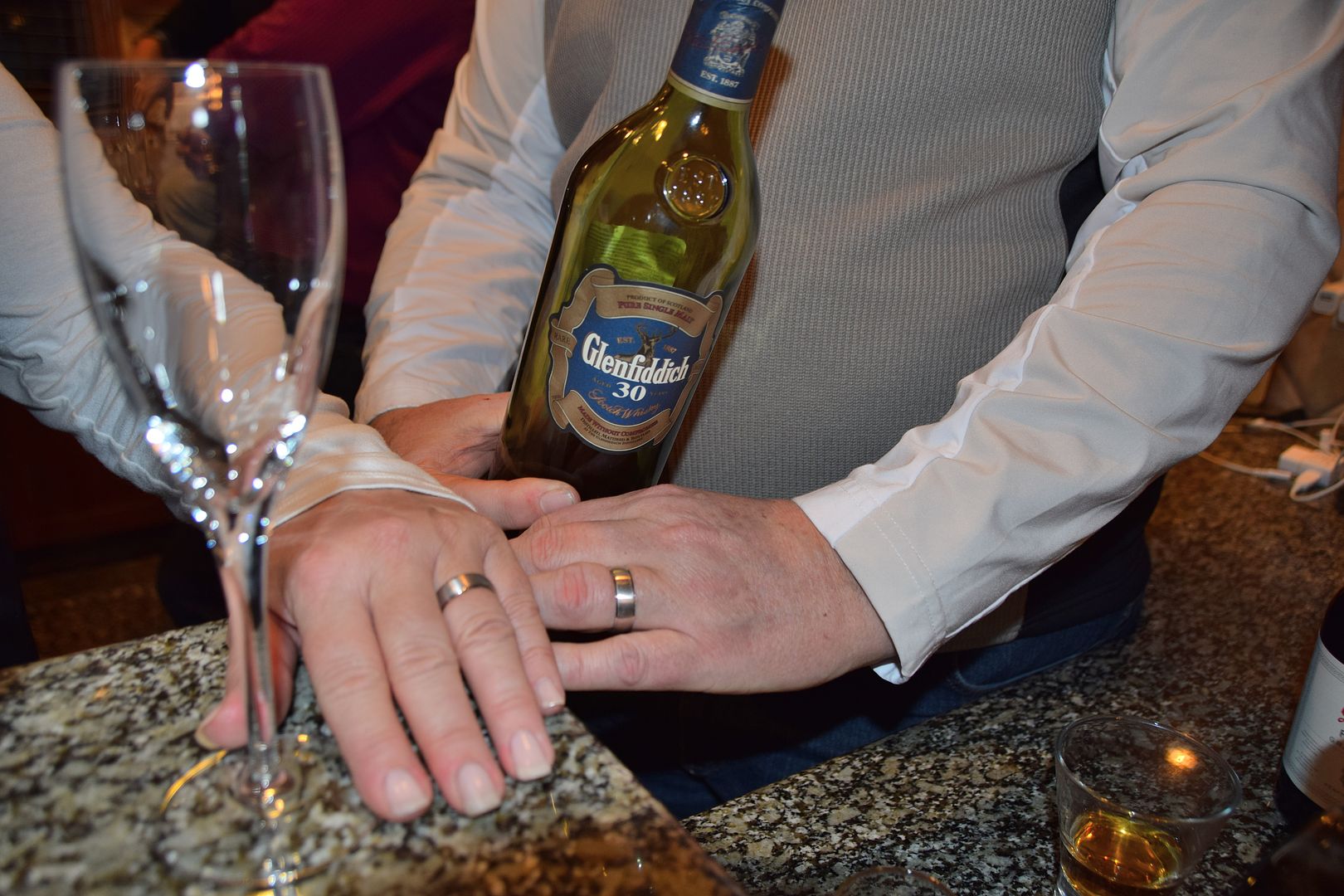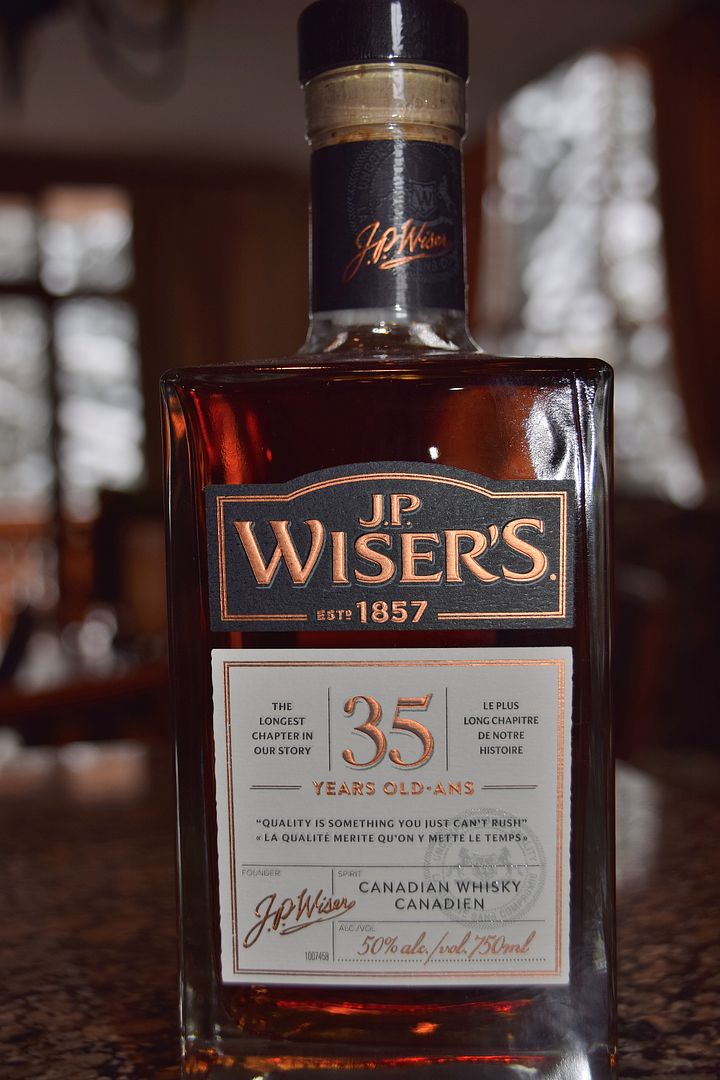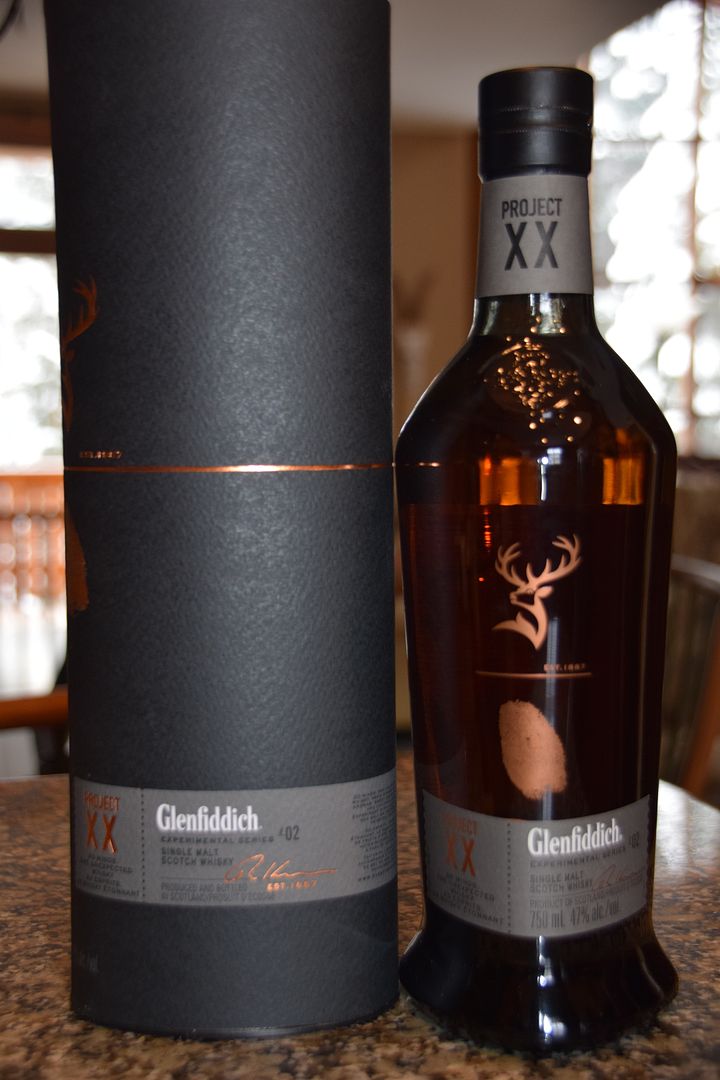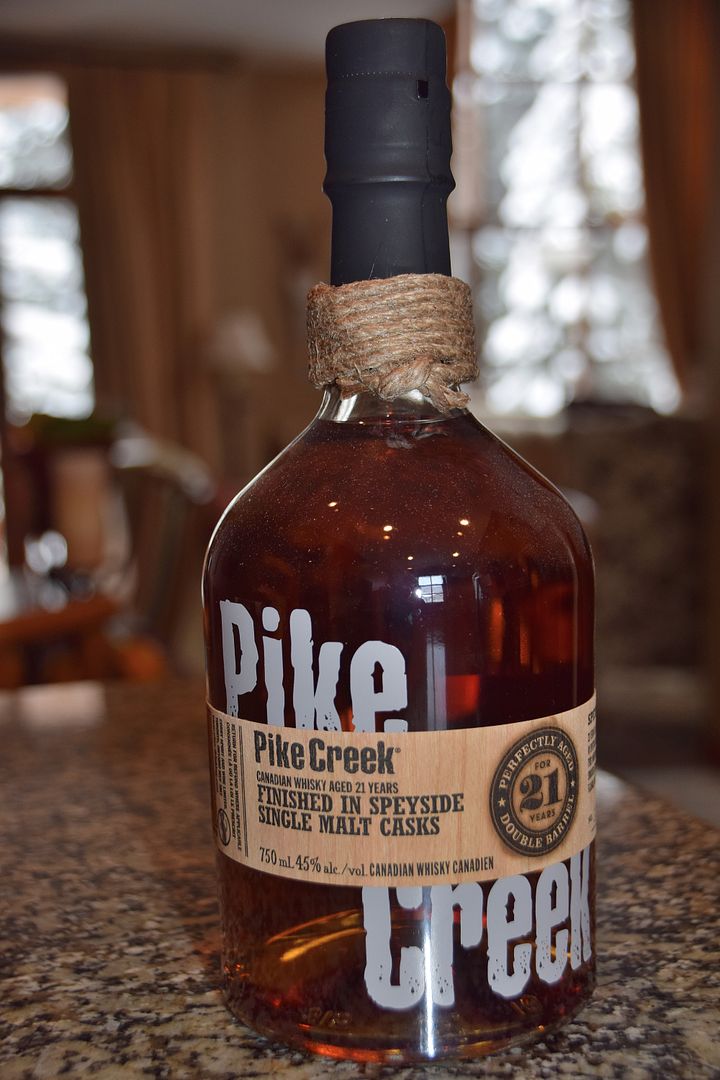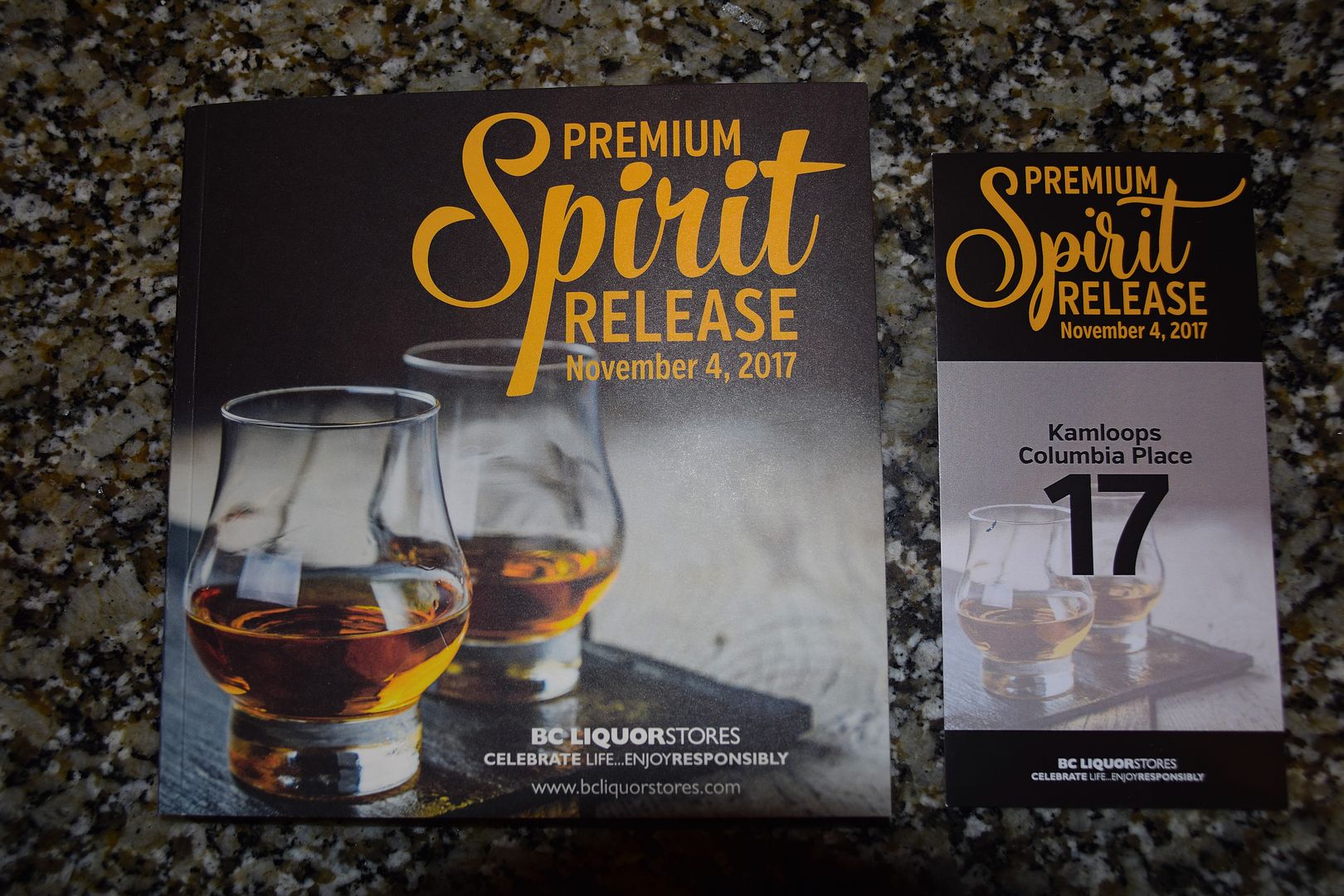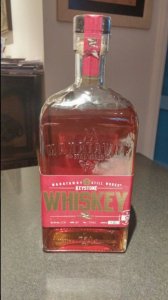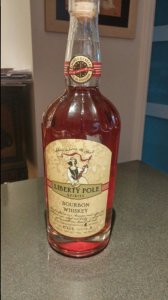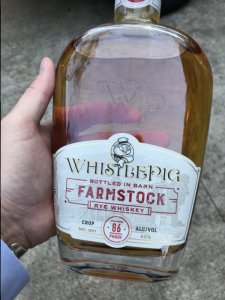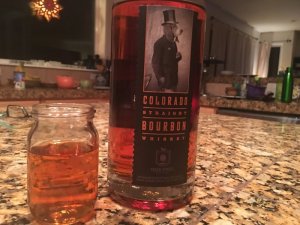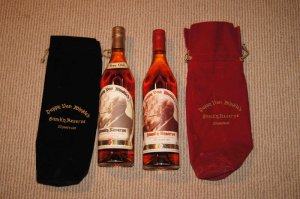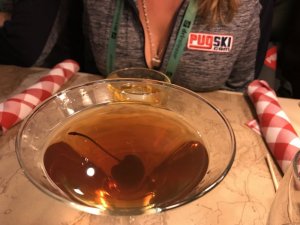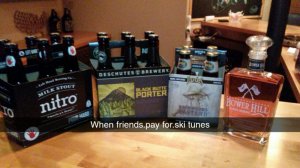This was written by a guy I knew back in the late 1960's He seems to know what he is talking about.
THE WHISKEY JOURNALS ----- THE SUBLIME DELIGHTS OF SCOTCH
Scotch varies more in taste than any other 'whiskey' or 'distilled spirit' than I know. It varies from region to region where it is produced, and also from distillery to distillery. In fact, if a person who was not experienced with Scotch, were to taste... say a shot of 'Laphroaig'(an Islay Island Scotch) and then a shot of 'Glenlivet' (a Speyside Scotch), that person probably would not even know that they were the same type of whiskey AND that they are both classified as "Scotches", because they are so different from each other in character, aroma, and in their lightness versus pungency, and of their flavor. There are now between 110 and 120 Scotch distilleries in Scotland. More than half of them are in the valley of the River Spey. Nori and I have personally taken tours of 12 of them.
IMPORTANT DISTINCTION: Scotch comes in two basic different types: "Single Malt Scotches" and "Blends".
SINGLE MALT SCOTCH- This is "pure" Scotch. Made entirely from malted barley grain.
BLENDED SCOTCH - to reduce price, distillers produce a less expensive Scotch known as a "blend'. What it is, is approximately 50% pure barley malt Scotch, mixed or blended with 50% neutral (unflavored) grain alcohol (sometimes as much as 2/3 corn whiskey or neutral grain alcohol) . Since neutral unflavored grain alcohol cost about 1/10th of the price of pure barley malt Scotch, you can see that a "blended" Scotch will be a lot cheaper per bottle to buy. But, while it has a "Scotch" taste, it does not have the "depth" of a Single Malt, being distinctly less robust or full bodied by the addition of nearly half or more of unflavored neutral grain alcohol. Scotch-snobs (and I am proudly one of those) ..... wouldn't touch a blend. But, three better well known and better tasting blends are "Dewers", "Cutty Sark" and "Johnny Walker", and they are not bad, as blends go.
SINGLE MALT BLENDS - there is another category of "Blended Scotches" and that is the "Single Malt Blend". Where the generally "Blended Scotches" are 50% neutral unflavored grain alcohol, the "Single Malt Blend" is 100% Barley Malt Scotch. But instead of being a Scotch from just one distillery, it is made of several Single Malt Scotches from several different distilleries. It contains NO neutral unflavored grain alcohol.
AGING SCOTCH
75% of all Scotches are aged in used Kentucky Bourbon Barrels or Casks. 20% are aged in used Spanish or Portuguese Sherry casks. Scotch distillers are experimenting with the other 5%, aging them in casks that once held, Rum, Cognac, Cabernet Sauvignon, Madiera and other wines and whiskeys.
SCOTLAND'S SCOTCH REGIONS
Scotland was traditionally divided into four regions with regard to types of Scotch produced: The Highlands, Lowland, Islay, and Campbeltown. However, more recently, the "Island Region" and the "Speyside Region" are now seen to have their own distinctive character when it comes to the taste of Scotch.
The generally recognized Scotch Regions today are;
LOWLAND- include the Scotches, Auchentoshan, Bladnoch and Glenkinchie
(Taste: Lowland Scotches are very light and soft in taste and character.)
SPEYSIDE — encompassing the valley of the River "Spey" in north-east Scotland near Aberdeen, once considered part of the Highlands, has almost half of the total number (approx. 105 distilleries as of 2013) of distilleries in Scotland within its geographic boundaries; consequently it is officially recognized as a distinct region. The valley of the Spey River has the largest number of distilleries, which includes: Aberlour, Balvenie, Cardhu, Cragganmore, Glenfarclas, Glenglassaugh, Glenfiddich, Speyburn, The Glenlivet, The Glenrothes and Macallan.
(Taste: Speyside Scotches are subtlely more sweet (sometimes described as fruity or flowery) than Lowland or Highland Scotches)
HIGHLAND — some Highland distilleries: Aberfeldy, Balblair, Ben Nevis, Dalmore, Dalwhinnie, Glen Ord, Glenmorangie, Oban, Old Pulteney and Edradour.
(Taste: Highland Scotches are also somewhat light in flavor and aroma, but a bit more fullness of body and slight richness as compared to Lowland Scotches.)
THE ISLANDS, a sub-region, includes all of the whisky-producing islands (but excludes "Islay") including the islands of, Arran, Jura, Mull, Orkney and Skye — with their respective distilleries: Arran, Jura, Tobermory, Highland Park and Scapa, and Talisker.
(Taste: Island Scotches have a somewhat bolder taste with slight elements of "saltiness".)
ISLAY (pronounced, 'Eye-La") is an island and considered its own distinctive Scotch producing region, (separate from the other "Islands" sub-group). Examples include; Bowmore, Ardbeg, and Laphroaig, Caol Isla, and Lavagulin.
(Taste: Islay produces the most pungent and powerful tasting of all Scotches, especially "Laphroaig" (pronounced, "La-Froig"). Islay Scotches can be very "medicinal" in taste, with medium to strong/pungent taste of peat smoke and iodine. The iodine comes from the peat which is burned to dry the barley grain from which the Scotch is made. The peat is made of centuries old compressed decayed seaweed, which is harvested by cutting it out of the earth in manageable (hand-carried) sized "blocks" or "bricks", and then drying it out. (Peat is naturally found in in a wet bog-like environment. It must be dried out before it will burn as fuel.) It was used as fuel in Scottish homes in pre-coal and oil days to heat homes and cook. It continues to be used to dry or smoke the barley to make Scotch. Seaweed is naturally high in iodine, an element in sea water, hence the smokey iodine flavor of "Islay" Scotches, especially "Laphroaig".)
CAMPBELTOWN, once home to over 30 distilleries, currently has only three distilleries operating: Glen Scotia, Glengyle and Springbank.
(Taste: No general rule here. These three distilleries produce a variety of Scotches that range widely from medium to strong & full-bodied in flavor.)
AN INFORMATIONAL NOTE ABOUT PEAT
Peat is centuries old dead, decayed and compressed vegetable matter. It is cut out of the ground by hand in what might be called large "bricks", or "blocks", and then set out to dry. (Natural peat is wet out of the ground and must be allowed to dry completely before they can be used as fuel.) In the pre-industrial era, peat was used as a fuel in Scotland to heat homes and to cook, as well as in the making Scotch. It is still used today in traditional Scotch-making, to dry out the barley. But not all Scotches dry their barley over peat fires. Some use modern hot air dryers fueled by natural gas. Thus, those are "unpeated" Scotches; i.e., you get no "peaty" or "smokey" flavor imparted to the barley.
The peat that is used in the traditional manner differs in what it consists of, depending on where (what location) the peat was formed and later harvested. Each type of peat, imparts a different smokiness flavor to the barley, because each is made up of an entirely different type of vegetation. Peat from the coastal and island areas consists mainly of "seaweed", thus contains ample amounts of iodine, a natural ingredient in seawater. Peat from the lowland consists mainly of a plant called, "gorse", a small prickly evergreen with yellow flowers. No iodine there, thus a lighter flavor is imparted to the smoked barley, and hence, the Scotch. And the peat from the highlands is mainly "heather", a small highland plant. No iodine there either. So again, the peat (this time consisting of "heather") imparts a lighter (though slightly different flavor than the "gorse" peat) to the barley, and then to the Scotch, than does the "seaweed" peat of the coastal and island areas. The peat from the valley of the river Spey, consists of flower aromatic plants (that have died centuries ago), hence they impart that subtle flavor to their Scotches.
The descriptions above were my own based upon my own experiences in tasting the Scotches mentioned, plus visits to Scotland and tours of many Scotch distilleries, and some additional research.
My favorites ?
I have no one favorite. There are too many wonderful and different tasting Scotches for me to choose just one. But the ones I like the most include:
* Lagavulin 16 yr old
* Laphroaig 15 yr old (no longer made .... alas)
* Laphroaig 10 yr old
* Laphroaig Cask Strength
* Caol Isla 12 & 18 yr old
* Ardbeg
* Tobermory
* Clinelish
* Edradour
* Aberfeldy
* Balvenie 14 yr old & 17 yr old (both matured in Rum Casks)
* Glenfiddich 12 yr old
* Speyburn (both the Gold Label & the Green Label)
* Glenlivet 12 yr old
* Macallan 12 yr old (aged in Sherry Casks)
* Macallan Cask Strength
* Glen Garioch 8 yr old & Glen Garioch Reserve (pronounced .... believe it or not .... as "Glen Geary")
